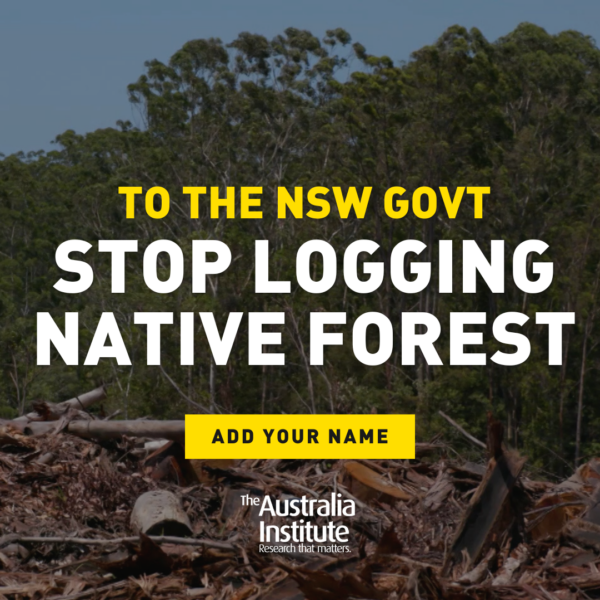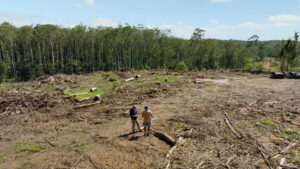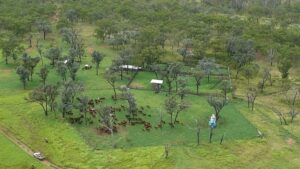The carbon con killing koalas

The NSW Labor Government took office promising to create a vast koala sanctuary on the state’s mid-north coast – the Great Koala National Park. Despite the threat of koala extinction in the state, more than a year later the Great Koala National Park is yet to be established.
Officially, the government cites consultation with stakeholders as the reason for the delay.
Last year, NSW Premier Chris Minns disclosed a further motive for the go-slow: the government is reluctant to create the new national park or end logging and land clearing that is destroying koala habitat until it secures another way to make money from the trees.
In essence, it wants to exploit the forests for carbon credits.
In a budget estimates hearing, Minns candidly explained,
“There are many industries and many companies and governments around the world that are desperate for carbon offsets and would be looking at jurisdictions like New South Wales in relation to that.”
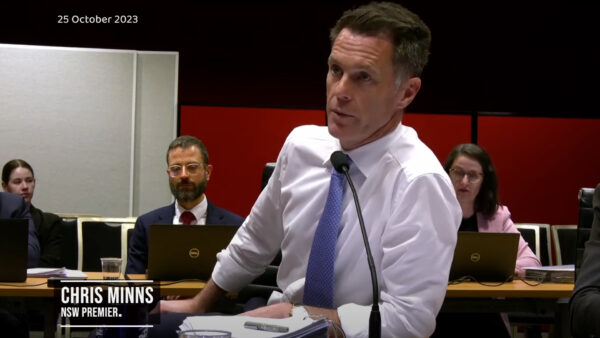
“You have to have the system up and running before you can quarantine a park or an area to allow for that area or that zone to be eligible for the carbon transfer. If you do it in reverse, then you can’t retroactively go to that national park or that forest and say, ‘This will now apply to carbon offsets in the future.’”
It was a remarkable admission.
In a new video report for the Australia Institute, we hit the ground on the mid-north coast to see what’s at stake and spoke to those who’d already witnessed the destruction of koala habitat.
The problem with carbon credits
In the Premier’s mind, financialising forests to supply an eager carbon market justifies delaying the promised protection of native woodland and endangered species.
Yet, ironically, the money-making method the government is turning to risks undermining koalas and their habitat.
Why? Because the carbon credits it hopes to generate from the forests may well be a sham: likely to worsen, not lessen, carbon emissions and the global warming which threatens koalas and the forests they rely on.
Nonetheless, the government is working with various parties on rival plans to generate Australian Carbon Credit Units, or ACCUs, from the trees.
The methods claim to be clean and green but they’re not.
Carbon credits are in effect a license for climate pollution, used by businesses to “offset” their carbon emissions.
Without stringent laws requiring polluters to cut emissions before turning to offsets, the credits can be used to maintain or increase emissions, exacerbating global warming.
Scientists caution against using forest-based carbon credits to offset the burning of fossil fuels.
Trees may die or burn, but carbon emissions can persist in the atmosphere for thousands of years.

So, even if the climate credits otherwise have integrity, using them to offset long-lasting emissions is a problem.
And the proposed forest carbon credits in NSW raise serious integrity concerns.
A core principle for all carbon credits is “additionality” – projects must genuinely result in fewer emissions or more avoided emissions than would happen without them. If not, they’re bogus.
This brings us back to the Premier’s statement in budget estimates.
Offset subterfuge
The Labor Party in NSW has been committed to the Great Koala National Park for a decade.
As far back as 2015, it publicly stated the park would protect “over 315,000 hectares of public land inland from Coffs Harbour from the Macleay River near Kempsey to Woolgoolga and would encompass nearly 140,000 hectares of existing reserves plus approximately 176,000 of state forest.”
With this long-term commitment, none of the forests in the proposed park should be eligible for carbon credits.
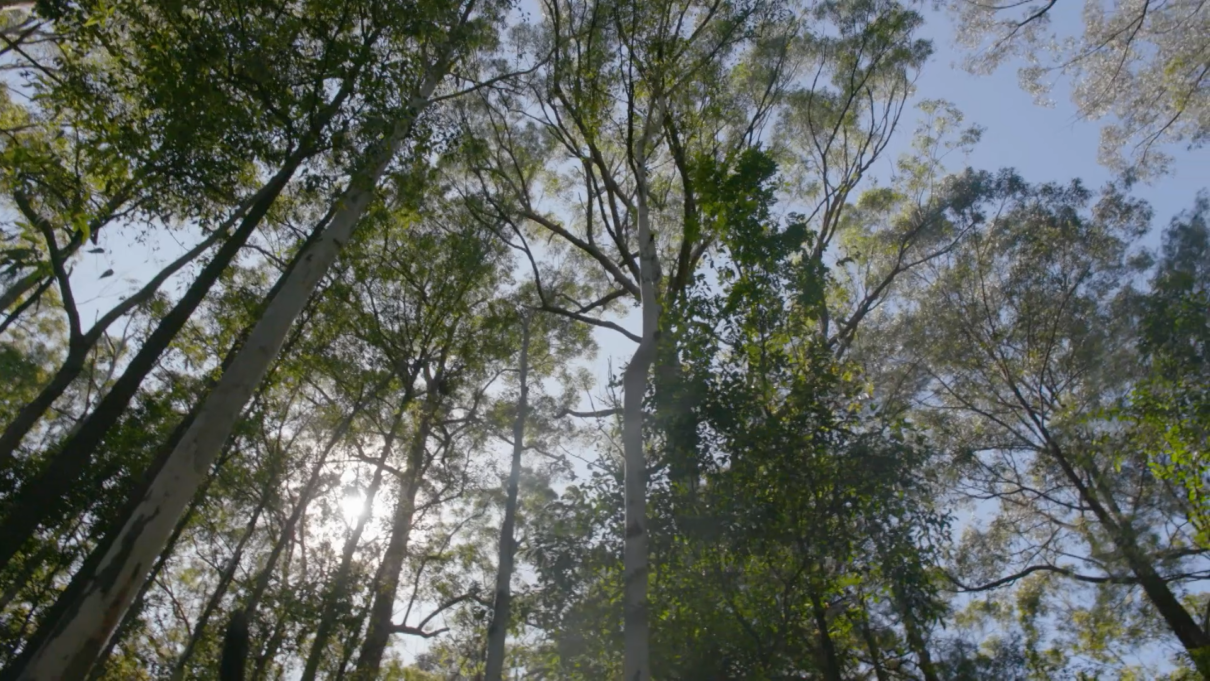
In plain terms, the NSW government wants to sell carbon credits for merely enacting long-term policy. That must fail the additionality test.
Minns could backtrack on the promise, cut back the park, and maintain logging before turning to carbon credits to “save” threatened forest, but the subterfuge wouldn’t make the carbon credits genuine.
Offsets generated from them would be fake. If they were used to balance out real emissions, the climate outcomes would be worse than doing nothing.
Even if carbon credits were limited to native forest on private land, it would still be problematic because of the risk that carbon credit proponents, and landowners they enlist, would overstate the threat to the forest, undermining the credits’ integrity.
Such practices plague carbon markets.
Australia Institute analysis found that there were not enough bulldozers in NSW to carry out the clearing that landholders were supposedly threatening, and then forgoing, in return for receiving an earlier brand of carbon credits.
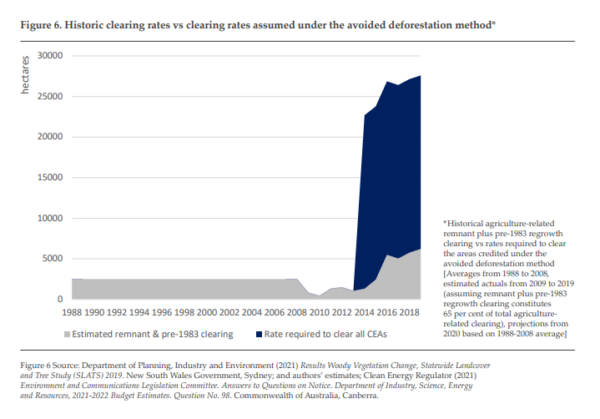
The NSW government is now looking at a new carbon credit method based on “avoided harvest” or “avoided deforestation” from curtailed logging.
But recent bushfires have reduced the land available for logging, and the social license for native forest logging is rapidly eroding.
For these reasons, it’s difficult to establish, and easy to exaggerate, the baseline threat to the forests. This creates a significant risk of “over-crediting.”
Again, credits that overstate the amount of carbon rescued from logging or land clearing could allow companies to emit carbon without genuine offsetting, undermining efforts to combat global warming.
These problem aren’t unusual: forest agencies regularly over-estimate wood supply. They routinely underestimate the impact and interaction of threats that are increasing with climate change, such as drought and fire, and how those threats are amplified by past logging.
Despite these issues, the NSW environment minister, Penny Sharpe, is considering the avoided harvest carbon credits as part of the national park approval process.
Some see it as the lesser of two evils, because the logging industry is developing its own plan.
A loss-making industry
Under its proposal, logging interests would get carbon credits for putting in place more sustainable forestry practices, such as a longer rotation between forest felling, or reserving some forest for timber rather than reducing it all to woodchips or pulp.
Essentially, the carbon credits would reward the industry for adopting practices that should be the norm. They could also offer it a lifeline.
Forestry Corporation in NSW operates at a loss. Taxpayers subsidise its existence. Income from carbon credits may prop up the declining industry, and extend the lifespan of native forest logging.
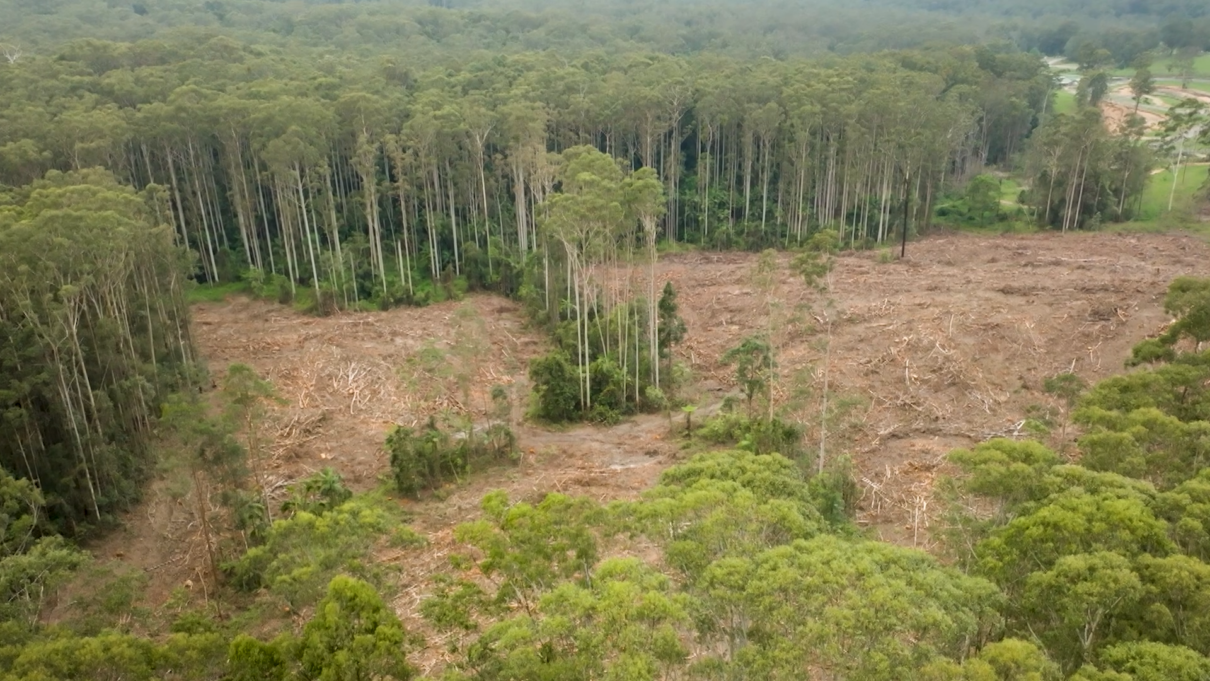
Despite the manifest problems, proponents are pushing the idea that using markets for environmental protection or restoration is a win-win.
It’s no surprise that the carbon markets industry is targeting environmental groups and long-term conservationists, who have been despairing for decades about the lack of policy to protect Australia’s forests.
Nor is it surprising that some now believe “the market” is the only way to beat logging and land clearing; that we no choice but to commercialise the forests and commodify the carbon.
It’s a fallacy.
Market forces won’t save the forests. The “carbon market” that claims it can is rife for gaming.
Suppliers of carbon credits have every incentive to exaggerate the benefits. Firms that buy carbon credits have every incentive to ignore problems of reliability and risk.
The major carbon offsets method in Australia has been branded a fraud and failure while some scientists say the top carbon offsets projects around the world are likely junk.
The pathway out of native forest logging
A successful transition from native forest logging does not need market mechanisms. WA and Victoria have ended native forest logging without going down the carbon credits path.
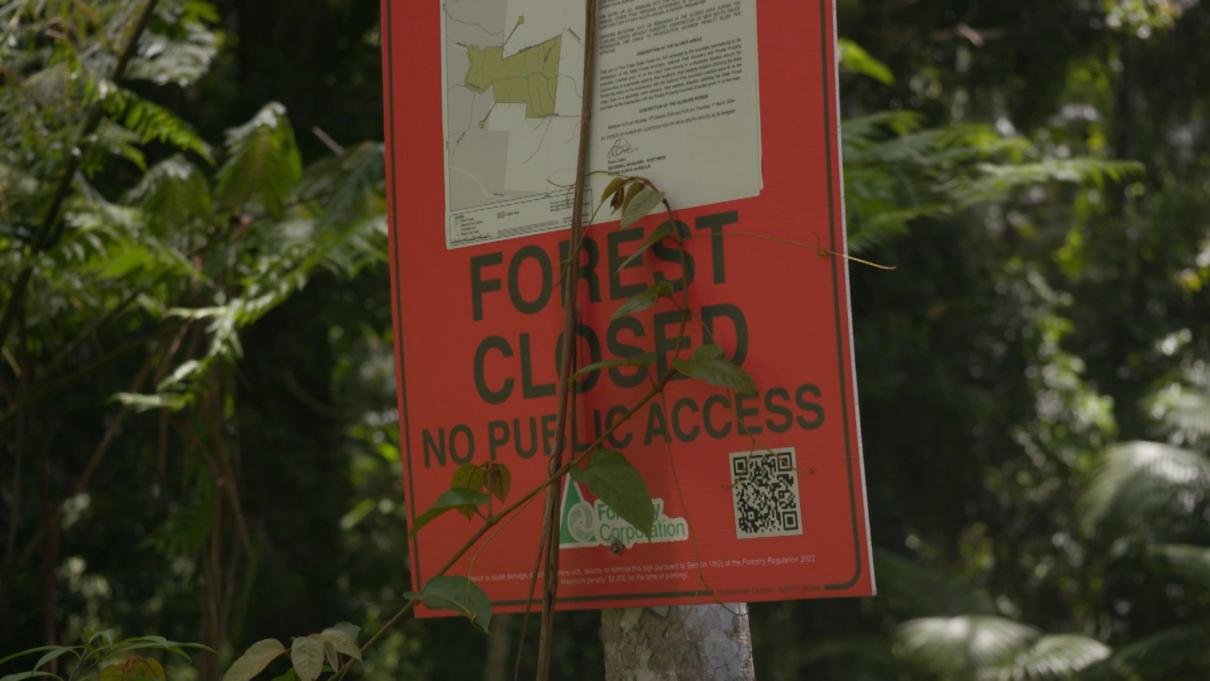
Governments can stop the felling – safeguarding the habitat of koalas and endangered species such as the greater glider – with the stroke of a pen.
We don’t need to monetise the forests; we need to recognise their intrinsic values and preserve them.
Add your name to the petition calling on the NSW Government to stop native forest logging in NSW.
Between the Lines Newsletter
The biggest stories and the best analysis from the team at the Australia Institute, delivered to your inbox every fortnight.
You might also like
Carbon credits no excuse for NSW Government to stall on saving koalas
A new video report from the Australia Institute shines a light on the NSW Government’s revelation that it is delaying the protection of koala habitat in the state until a system is in place to exploit native forests for carbon offsets.
Here are 23 Times Carbon Offsets Were Found to be Dodgy
Carbon offsetting has received a lot of attention recently. As businesses and governments look to meet their climate targets, many are turning to carbon offsets. That is, they are paying someone else to reduce or avoid putting greenhouse gases into the atmosphere, so they don’t have to.
Video Report: The Carbon Credit Grift Destroying Koala Habitat
Despite a decade-long commitment to establish the Great Koala National Park, the NSW Labor Government is delaying its creation so that the forests can be exploited for carbon credits. It’s a decision with disastrous consequences for the koalas, and the climate.

